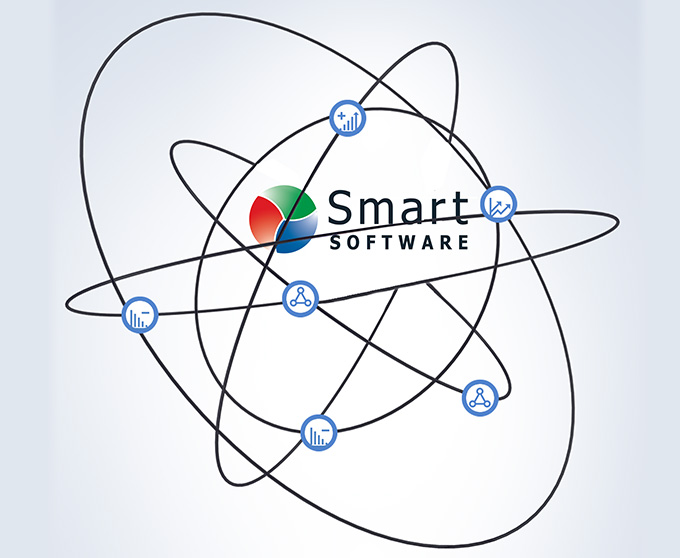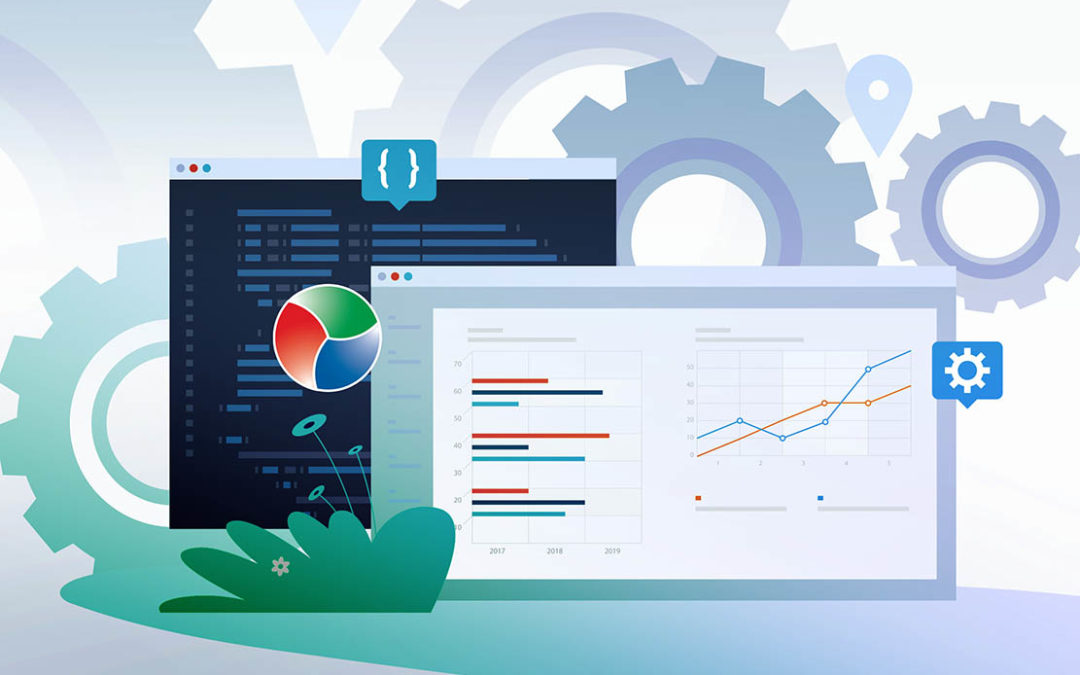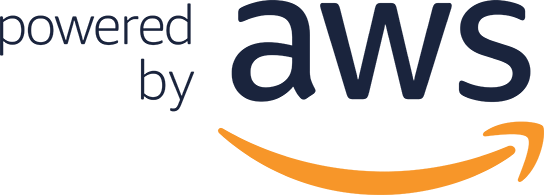Forecasting is a fully developed business process that most organizations still struggle with today. Almost everyone’s top priority is probably to be able to consistently and accurately forecast Sales, Demand, Costs, Inventory, etc. The inability to obtain a good forecast frequently has a significant business impact. Inaccurate forecasting leads to overstocking or running out, resulting in high costs and excess, impacting the bottom line and the success of the company.
A good forecast should give you enough confidence to make sound business decisions. For a more efficient forecast, consider these best practices:
- What are the most common forecasting methods, and why do they produce inaccurate results.
- How to achieve better ROI and optimal processes through scale, granularity, and agility
- How to improve forecasting accuracy
- How to use simple machine learning and artificial intelligence tools to get accurate and scalable forecasts

Quantum Inventory Theory?
Physics at the quantum level is quite weird – not at all like what we experience in our usual macroscopic life. Among the oddities are “superposition”, “entanglement”, and “quantum foam.” Weird as these phenomena are, I cannot help seeing analogs in the supposedly different world of supply chain management.

Key Considerations When Evaluating your ERP system’s Forecasting Capabilities
Consider what is meant by “demand management”, “demand planning”, and “forecasting”. These terms imply certain standard functionality for collaboration, statistical analysis, and reporting to support a professional demand planning process. However, in most ERP systems, “demand management” running MRP and reconciling demand and supply for the purpose of placing orders

The Top 5 Myths about Demand Planning Implementations
We just need to feed our demand histories into our new statistical methods, and we can start planning more effectively. Not quite: it’s about the technology and the process. You are investing in a new business process to develop forecasts for driving business strategy and inventory planning decisions.

The Right Forecast Accuracy Metric for Inventory Planning
Testing software solutions via a series of empirical competition can be an attractive option. In the case of forecasting and demand planning, a traditional “hold out” test is a good way to assess monthly or weekly forecast accuracy, but it is minimally useful if you have a different objective: Optimizing inventory.

Don’t Become a Victim of Your Forecast Models
Generally, the supply chain field has lagged behind finance in terms of the use of statistical models. My university colleagues and I are chipping away at that, but we have a long way to go. Some supply chains are quite technically sophisticated, but many, perhaps more, are essentially managed as much by gut instinct as by the numbers. Is this avoidance of analytics safer than relying on models?

How to Tell You Don’t Really Have an Inventory Planning and Forecasting Policy
You can’t properly manage your inventory levels, let alone optimize them, if you don’t have a handle on exactly how demand forecasts and stocking parameters (such as Min/Max, safety stocks, and reorder points, and order quantities) are determined. Many organizations cannot specify how policy inputs are calculated or identify situations calling for management overrides to the policy. If you have these problems, you may be wasting hundreds of thousands to millions of dollars each year in unnecessary shortage costs, holding costs, and ordering costs.
Problem
Generating accurate statistical forecasts isn’t an easy task. Planners need to keep historical data continually up to date, build and manage a database of forecasting models, know which forecast methods to use, keep track of forecast overrides, and report on forecast accuracy. These steps are typically managed in a cumbersome spreadsheet that is often error-prone, slow, and difficult to share with the rest of the business. Forecasts tend to rely on one-sized fits all methods that require seasonality and trend to be added manually resulting in inaccurate predictions of what comes next
Solution
SmartForecasts ® Cloud
Accurate Demand Forecasts
Best Forecasting Methods

Imports Historical Data
What can you do with SmartForecasts?
- Run a forecasting tournament that selects the right forecasting method for each item.
- Hand-craft forecasts using several time-series forecasting methods and non-statistical methods.
- Automatically predict trends, seasonality, and cyclical patterns.
- Imports demand data from files
- Leverage ERP connectors to automatically import demand data and return forecast results
Who is SmartForecasts for?
• Demand Planners.
• Forecast Analysts.
• Material & Inventory Planners.
• Operational Research Professionals.
• Sales Analysts.
• Statistcally Minded Executives.
A Reliable and Secure Platform











